
The finest thing in luxury air travel was the German Zeppelin airship before first-class suites and contemporary flight.
With the dirigible gliding peacefully in the skies, the Hindenburg was built to carry passengers across the Atlantic in peace. Considered the longest class of flying machines and the biggest airship by envelope capacity, the airship was
Airships such as the Hindenburg class were generally agreed upon as the future of air travel in the 1930s, and LZ 129 Hindenburg, the lead ship of the class, launched regular transatlantic flights.
These anticipation came to an end with the destruction of the airship in a well reported accident. The finest thing in luxury air travel was the German Zeppelin airship before first-class suites and contemporary flight.
With the dirigible gliding peacefully in the skies, the Hindenburg was built to carry passengers across the Atlantic in peace. Considered the longest class of flying machines and the biggest airship by envelope capacity, the airship was
Airships such as the Hindenburg class were generally agreed upon as the future of air travel in the 1930s, and LZ 129 Hindenburg, the lead ship of the class, launched regular transatlantic flights.
These anticipation came to an end with the destruction of the airship in a well reported accident.
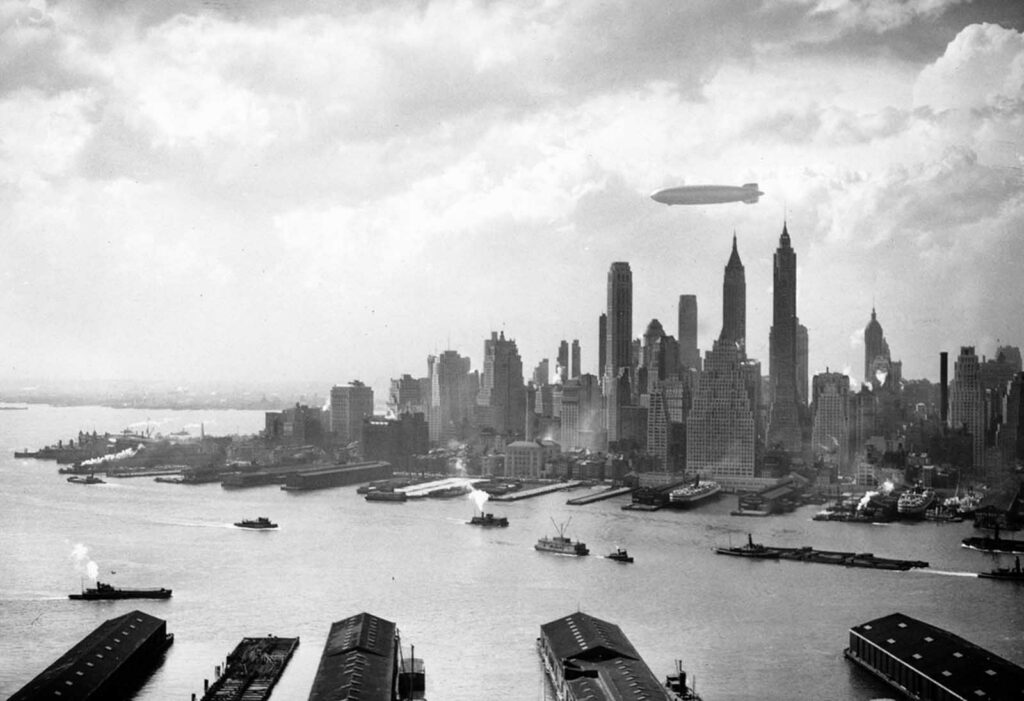
Hindenburg’s duralumin construction had sixteen cotton gas bags between fifteen Ferris wheel-like main ring bulkheads along its length.
Longitudinal girders set around their circumferences anchored the bulkheads to one another.
Cotton doped with a mix of reflecting compounds meant to shield the gas bags within from radiation, both UV (which would damage them) and infrared (which may cause them to overheat), the outside skin of the airship was cotton.
Goodyear invented a novel technique employing several layers of gelatinized latex instead of the prior goldbeater’s skins to build the gas cells.

Fritz August Breuhaus designed Hindenburg’s interior furniture; his background included Pullman coaches, ocean liners, and German Navy battleships.
Comprising 25 modest two-passenger staterooms in the middle flanked by spacious public rooms—a dining room to port and a lounge and writing room to starboard—the top “A” Deck had
The images gathered here show what luxury air travel on the Hindenburg airship in the middle of the 1930s looked like. Dan Grossman has assembled images from the Airship.net archive.

Other items had to be kept in their suitcases, which could be stashed under the lower berth; each cabin had call buttons to summon a steward or stewardess, a small fold-down desk, a wash basin made of lightweight white plastic with taps for hot and cold running water, and a small closet covered with a curtain in which a limited number of suits or dresses could be hung.
Charles Rosendahl said none of the cabins had bathroom facilities; male and female restrooms were accessible on B Deck beneath, as was a single shower, which produced a meagre stream of water “more like that from a seltzer bottle”.
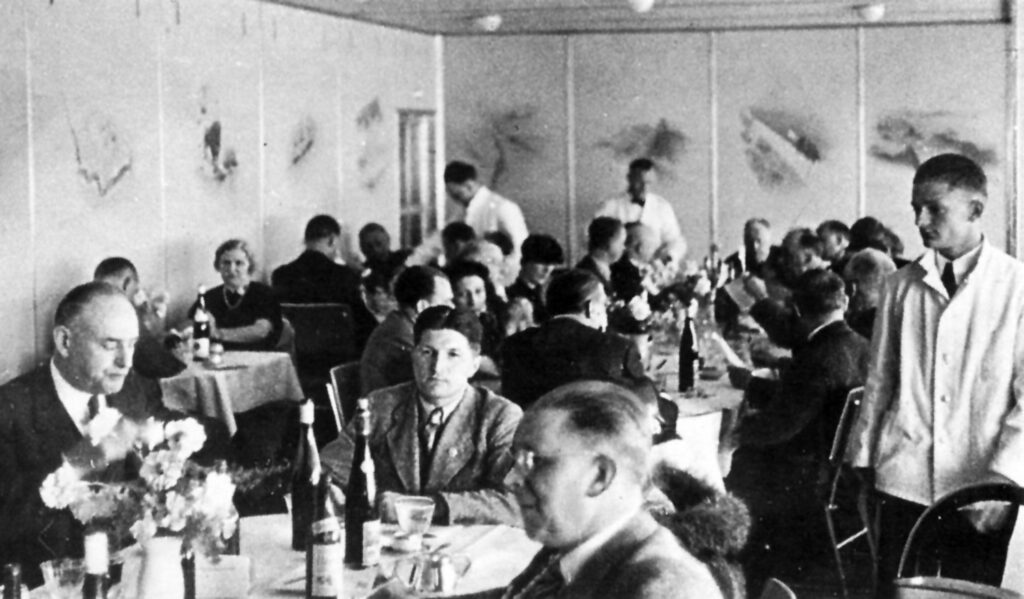
Graf Zeppelin’s travels to South America were depicted on the dining room walls in paintings. Across the lounge wall was a stylized globe map.
Both decks were run lengthwise by long slanted windows. Rather than in their little cabins, the guests were expected to spend most of their time in the public sections.
Along with a smoking club and a crew mess hall, the lower “B” Deck included restrooms. Indeed, one of the more unexpected places on a hydrogen airship was the smoking chamber.

It was maintained above ambient pressure, so in case of a leak the hydrogen cannot enter the chamber.
Moreover, a double-door airlock kept its related bar apart from the rest of the spacecraft. Since the ship allowed no open flames, there was one electric lighter.
American representative from the Goodyear Zeppelin Company Harold G. Dick recalled “The only entrance to the smoking room, which was pressurized to prevent the admission of any leaking hydrogen, was via the bar, which had a swiveling air lock door, and all departing passengers were scrutinized by the bar steward to make sure they were not carrying out a lit cigarette or pipe.”
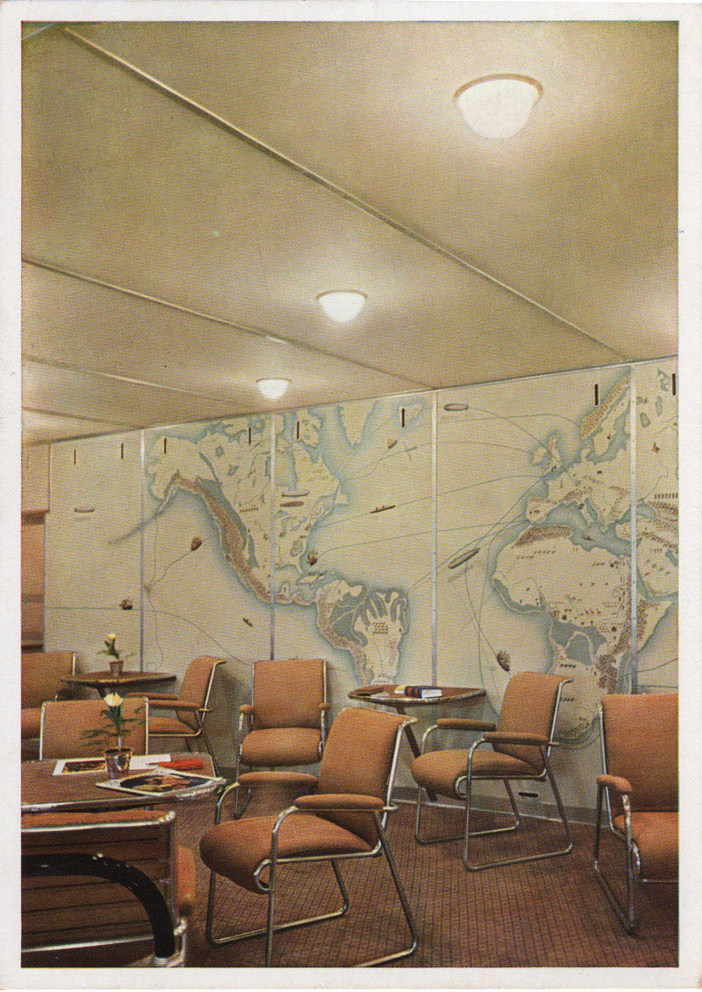
Between the smoking room and the air-lock door opening the corridor on B-Deck, the Hindenburg’s bar was a tiny ante-room.
Hindenburg bartender Max Schulze presented LZ-129 Frosted Cocktails (gin and orange juice) and Maybach 12 cocktails (recipe lost to history), but more importantly, it is where Schulze watched the air-lock to make sure nobody left the smoking room carrying pipes, cigars, or cigarettes.

Hindenburg, whose first and only full year of duty was 1936, completed 17 round journeys across the Atlantic, ten to the United States and seven to Brazil.
The flights were seen as demonstrative rather than normal in schedule.
Arriving in Lakehurst on 9 May, the first passenger journey across the North Atlantic left Frankfurt on May 6 with 56 crew and 50 passengers.
The airship could hoist 6 tonnes (13,000 lb) more at Rhein-Main’s airfield, where the height is 111 m (364 ft) than she could from Friedrichshafen, which is located at 417 m (1,368 ft).

Said to be so steady a pen or pencil could be set on end atop a tablet without falling, the airship
Passengers regularly missed launches as they were so seamless and thought the airship was still anchored to the mooring tower.
US$400 (approximately to $7,811 in 2021) was the one-way cost between Germany and the United States; Hindenburg passengers were often wealthy, notably notable sportsmen, political officials, business leaders, or entertainers.
During the opening ceremonies of the 1936 Summer Olympic Games, Hindenburg was once more employed for propaganda as it soared above Berlin’s Olympic Stadium.
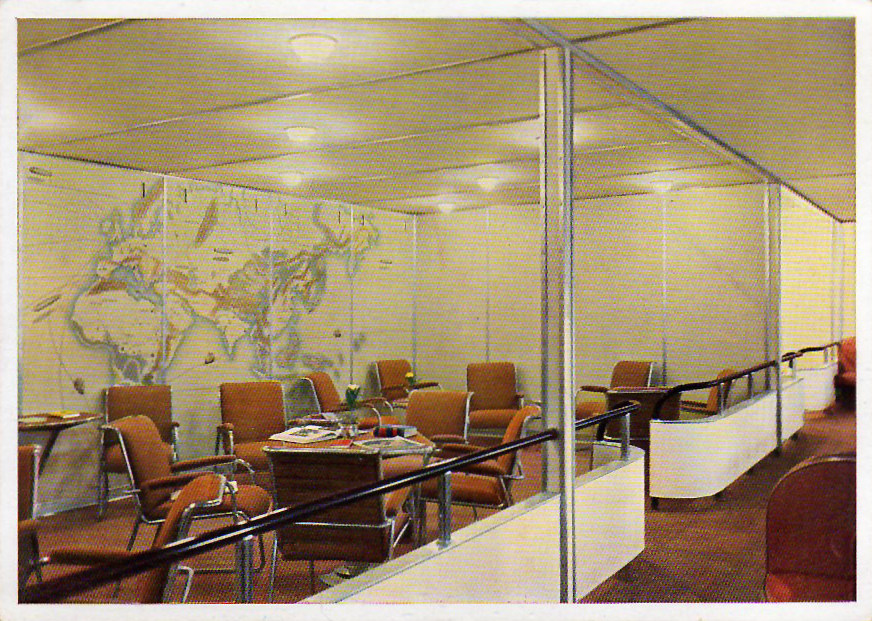
Hindenburg had a Blüthner aluminum grand piano installed in the music salon in 1936, but the instrument was taken out the following year to reduce weight.
The structure of the airship underwent significant changes over the winter of 1936–37. Nine passenger cabins, eight with two beds and one with four, could be added because to the higher lift capacity, therefore raising passenger capacity to 70.
It was expected that the LZ 130 would feature these windowed cabins along the starboard side aft of the already built accommodations.
Also taken off for the 1937 season were the Olympic rings painted on the hull.
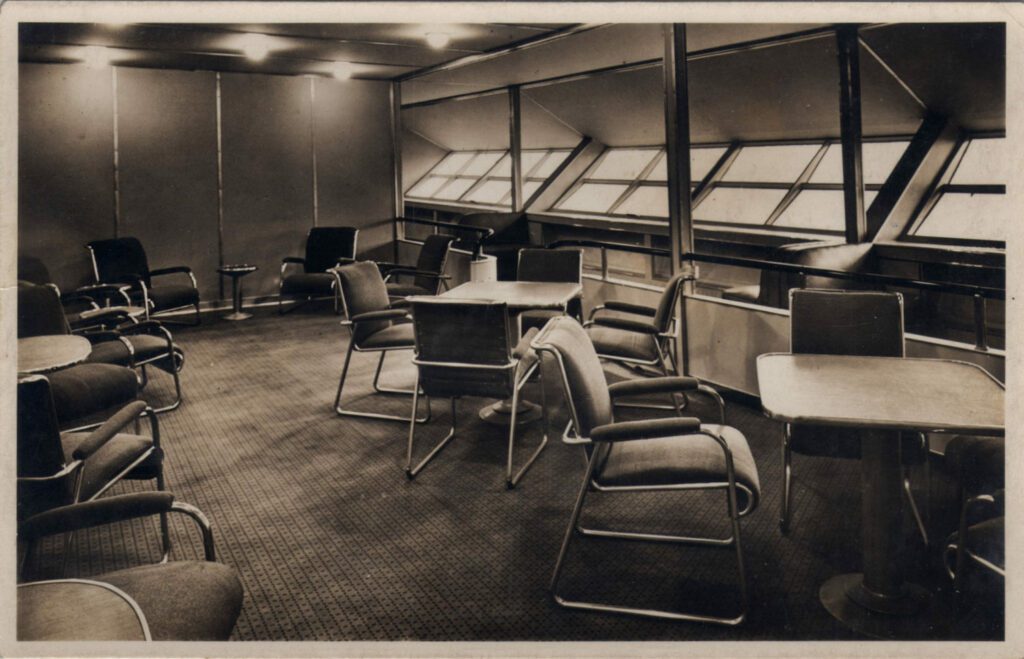
Hindenburg left Frankfurt for Lakehurst on the evening of 3 May, on its first planned round journey between Europe and North America, following making the maiden South American flight of the 1937 season in late March.
On May 6, 1937, Manchester Township, New Jersey, United States saw the now-known Hindenburg disaster.
Attempting to dock with its mooring mast at Naval Air Station Lakehurst, the passenger airship caught fire and was destroyed.
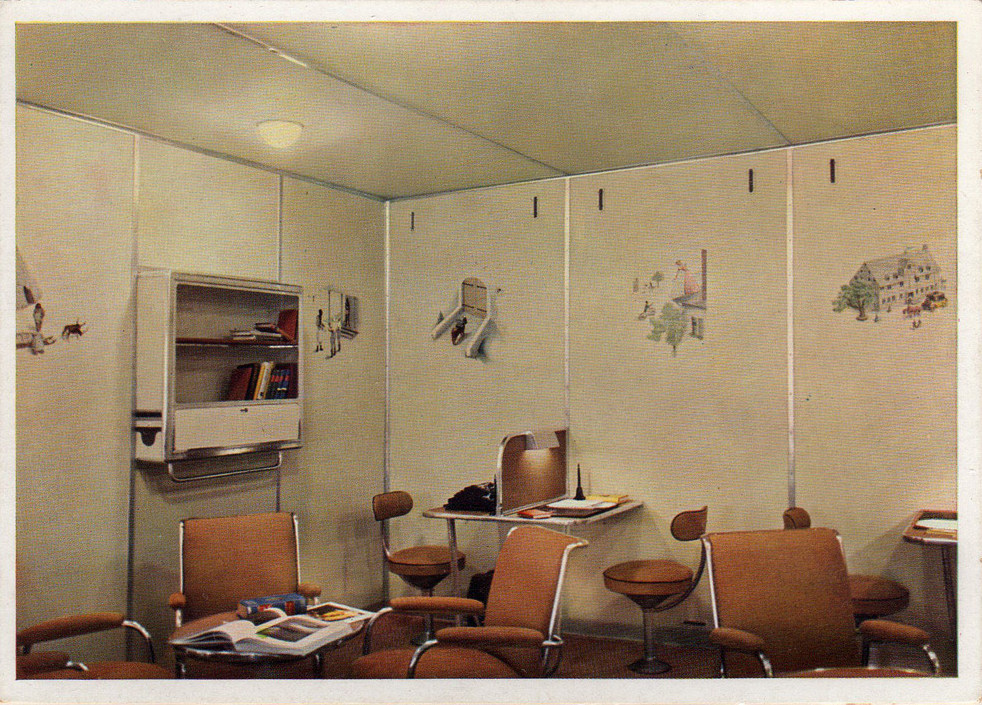
From the 97 people on board—36 passengers and 61 crewmen—the accident claimed 35 deaths (13 passengers and 22 crewmen), plus one more fatality on ground.
Newsreel coverage, pictures, and Herbert Morrison’s recorded radio eyewitness accounts from the landing field—which aired the following day—covered the catastrophe.
Many ideas have been put out regarding both the starting fuel for the subsequent fire and the source of ignition.
The public lost faith in the massive passenger-carrying rigid airship and the airship period came to an abrupt end.
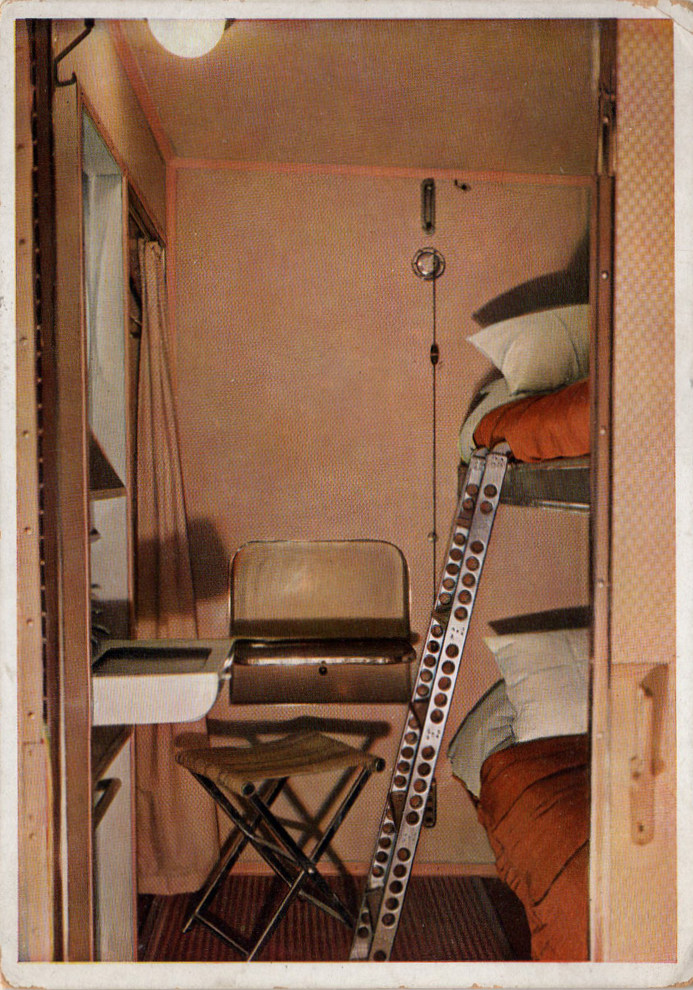

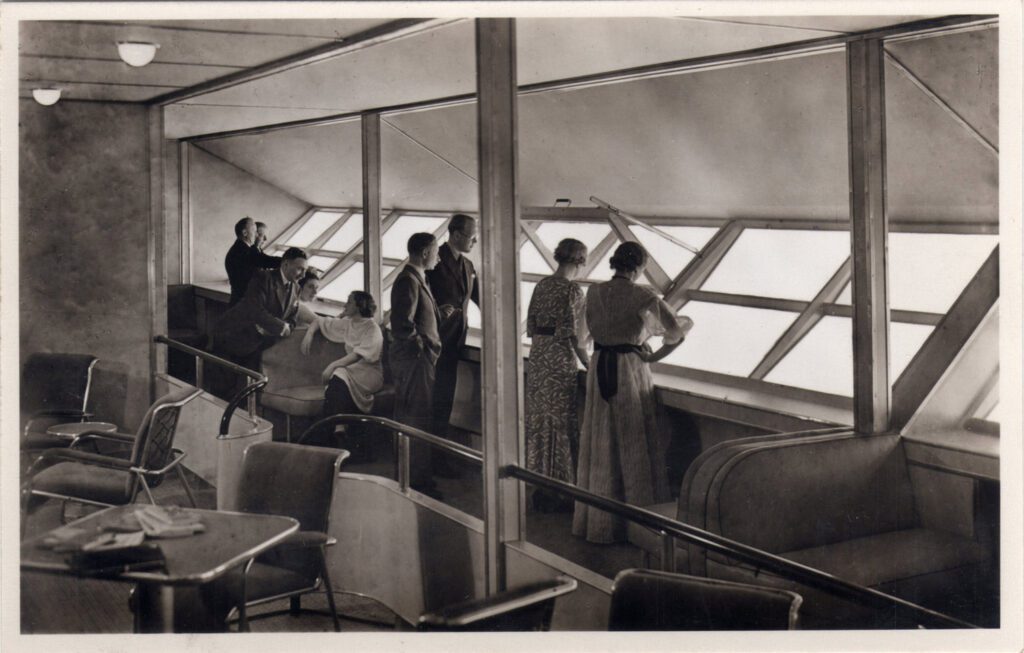
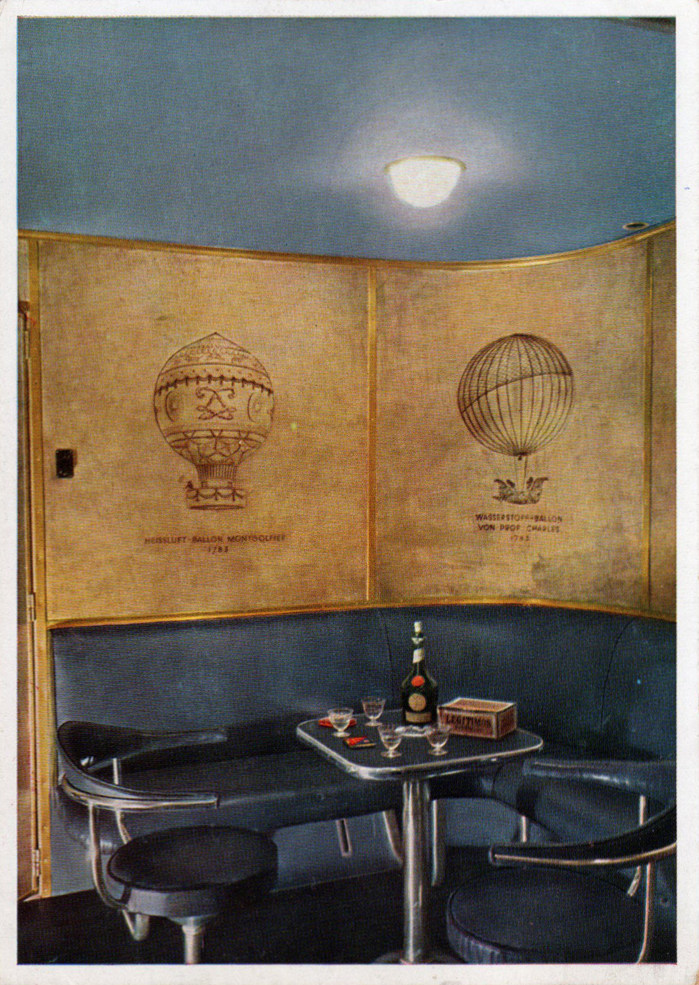
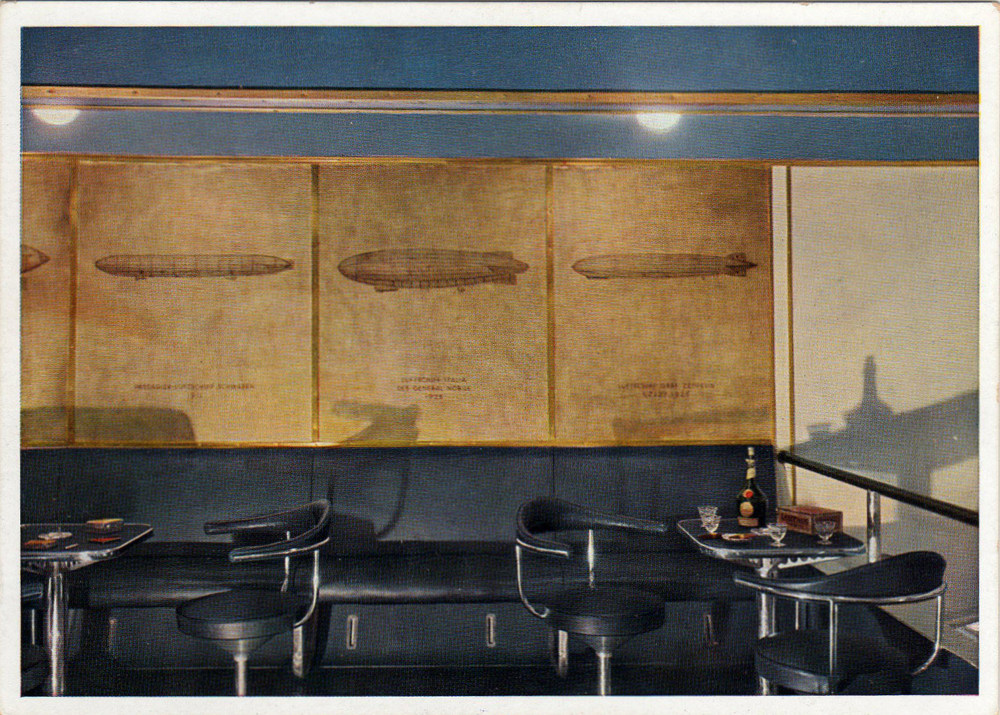

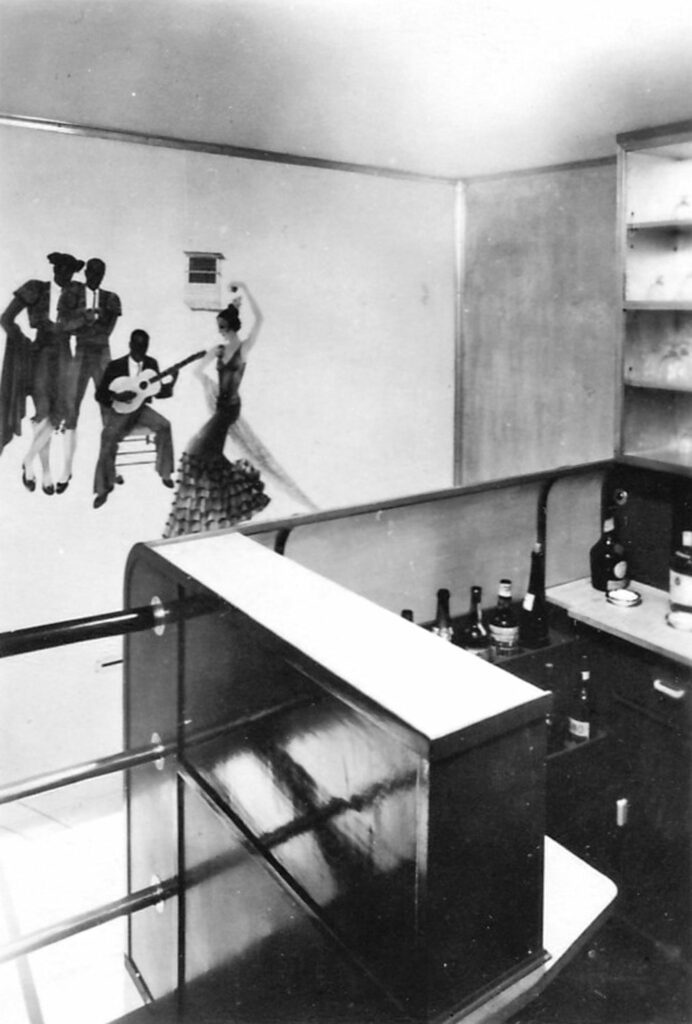
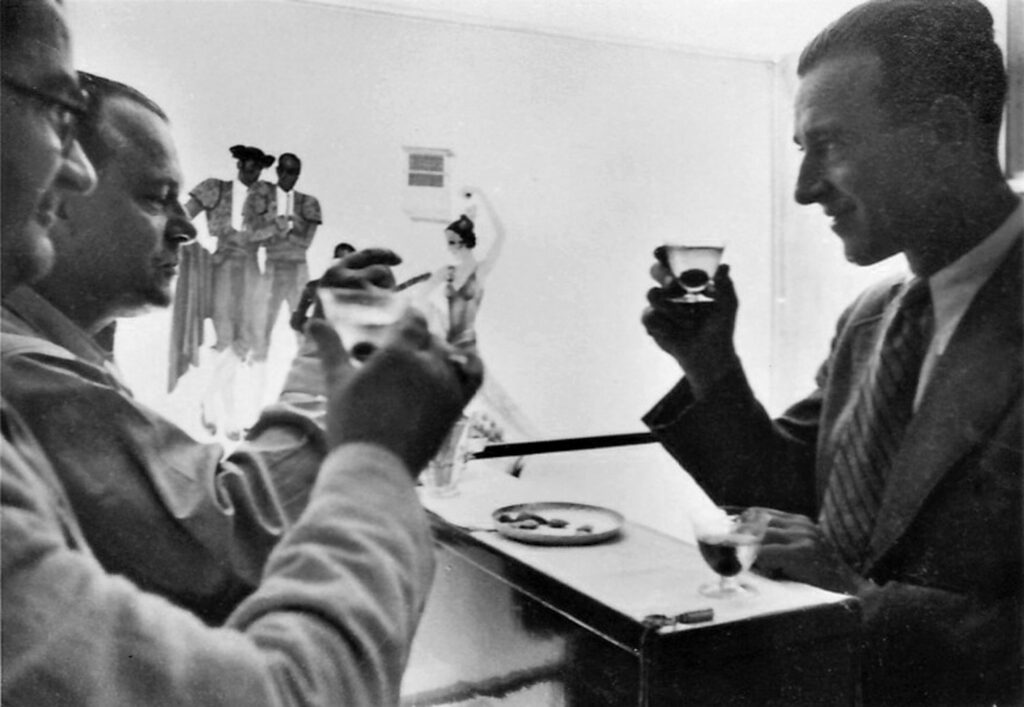


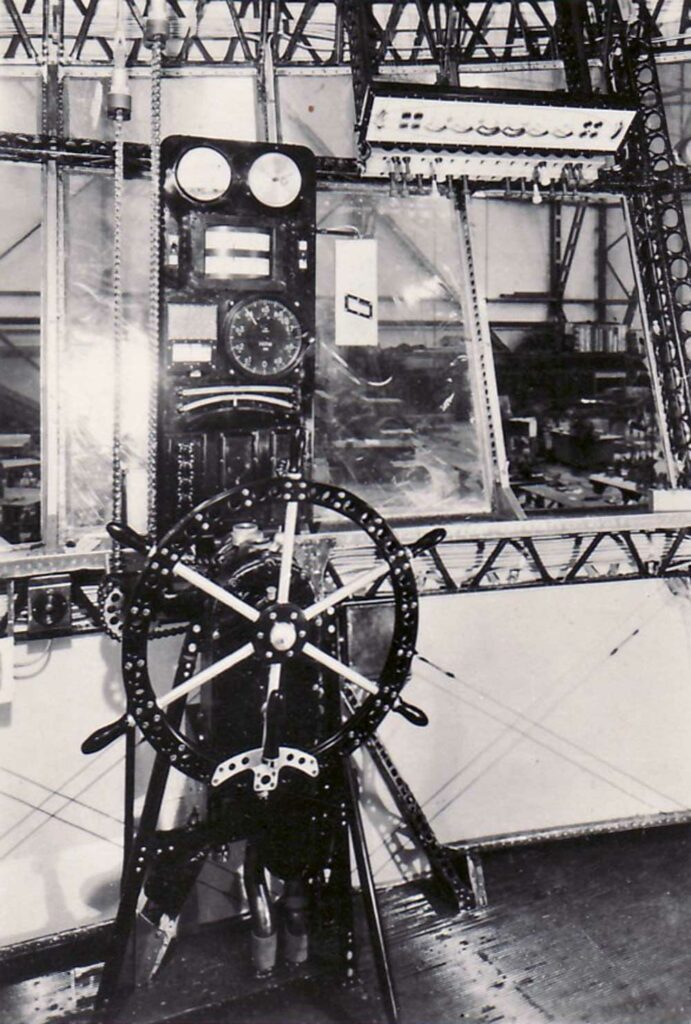

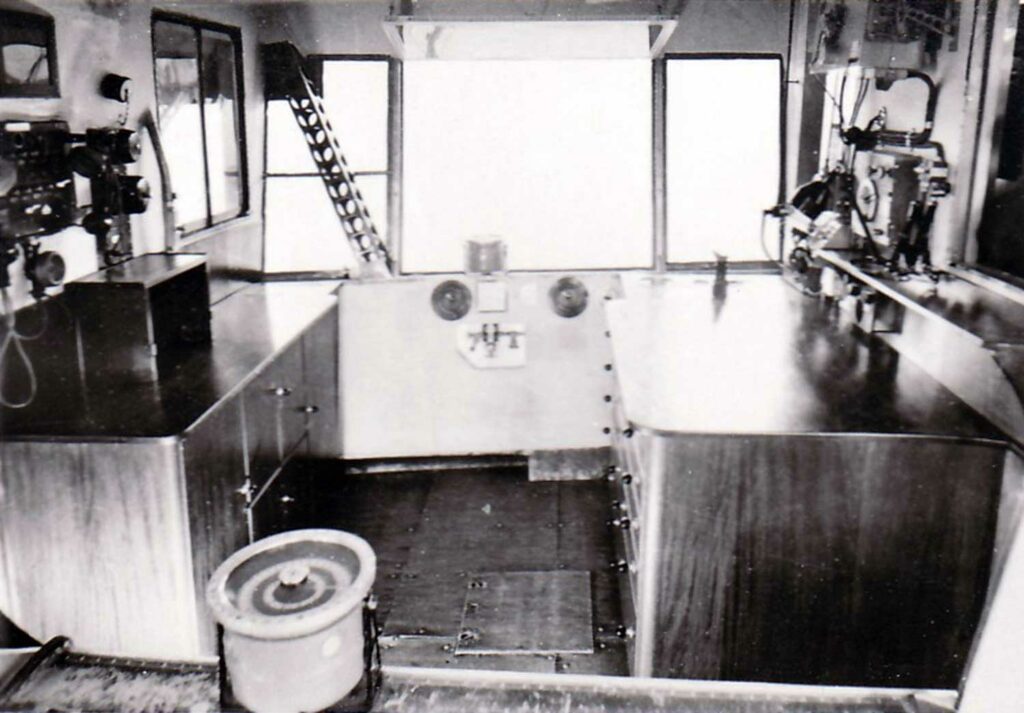
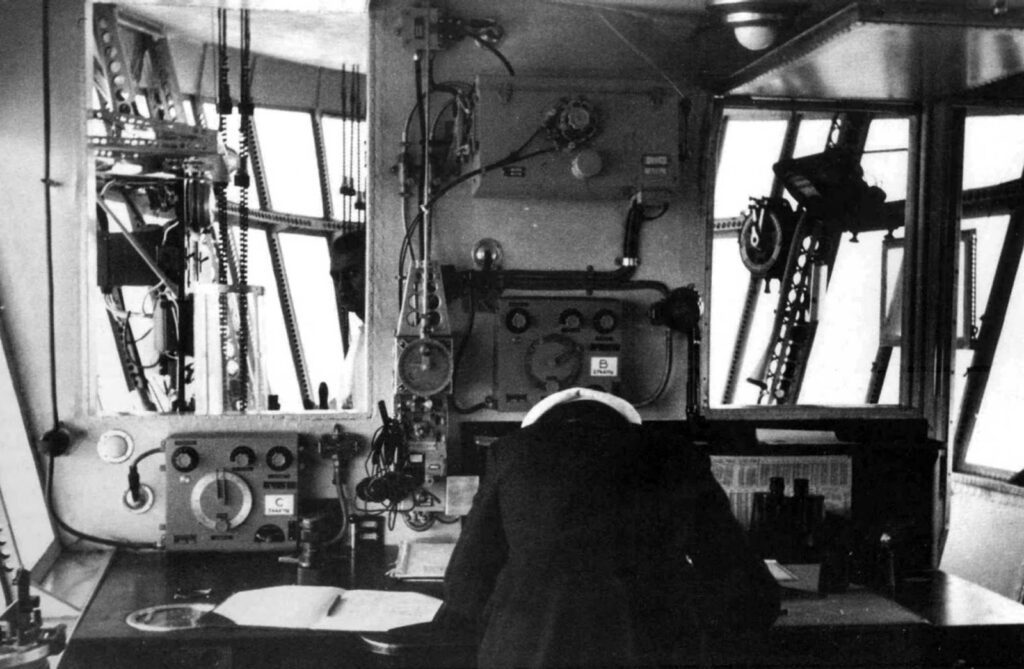
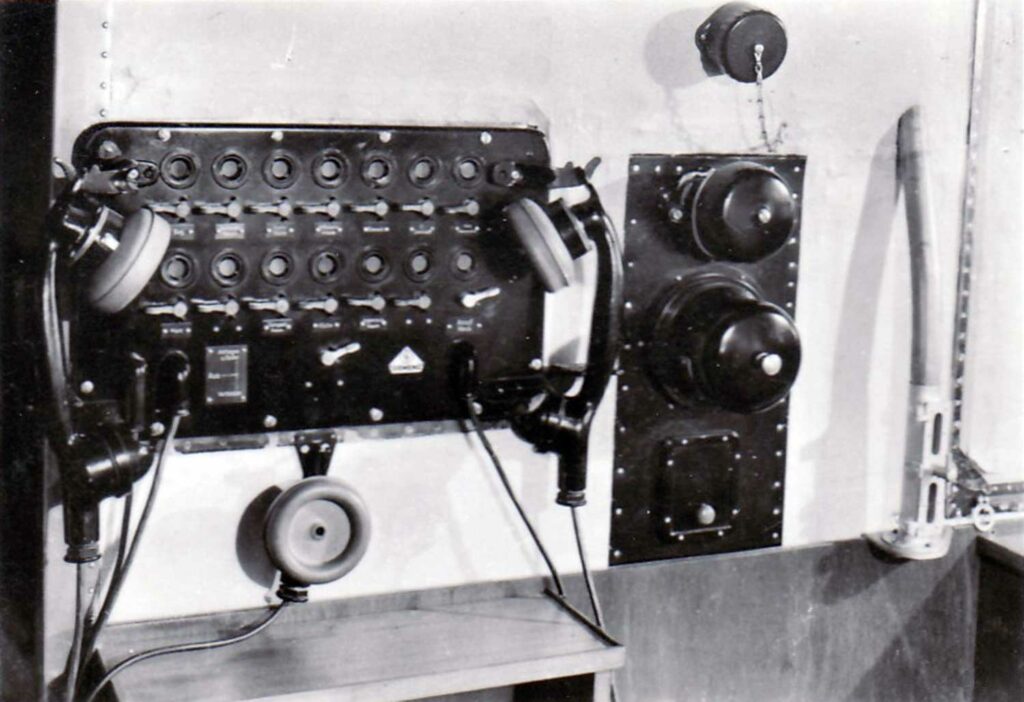
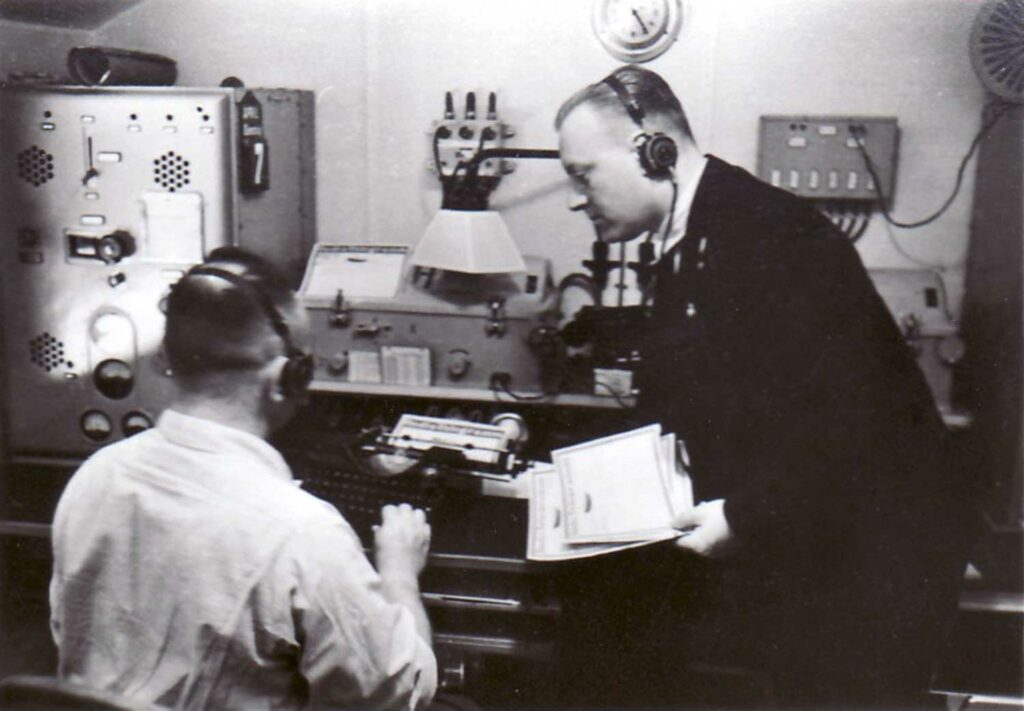

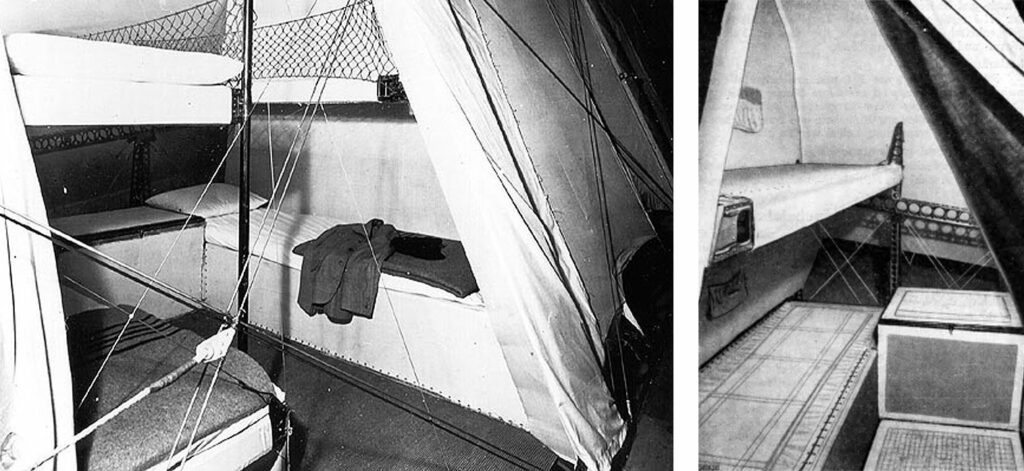

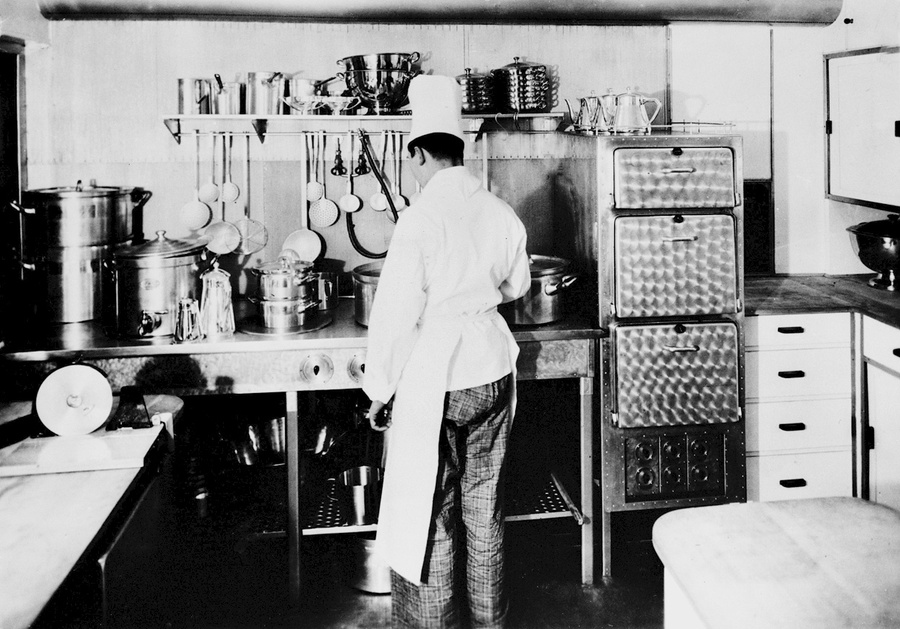



(Photo credit: airships.net collection by Dan Grossman / Wikimedia Commons / Britannica / Bundesarchiv / Archiv der Luftschiffbau Zeppelin GmbH, Friedrichshafen).


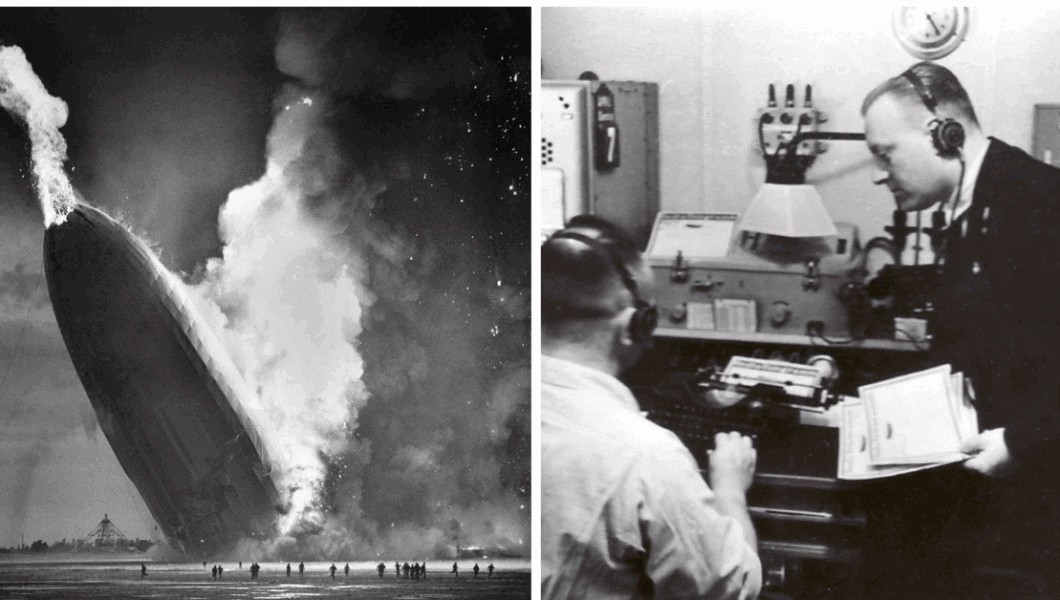
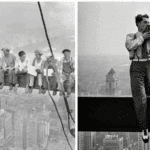




No Comments